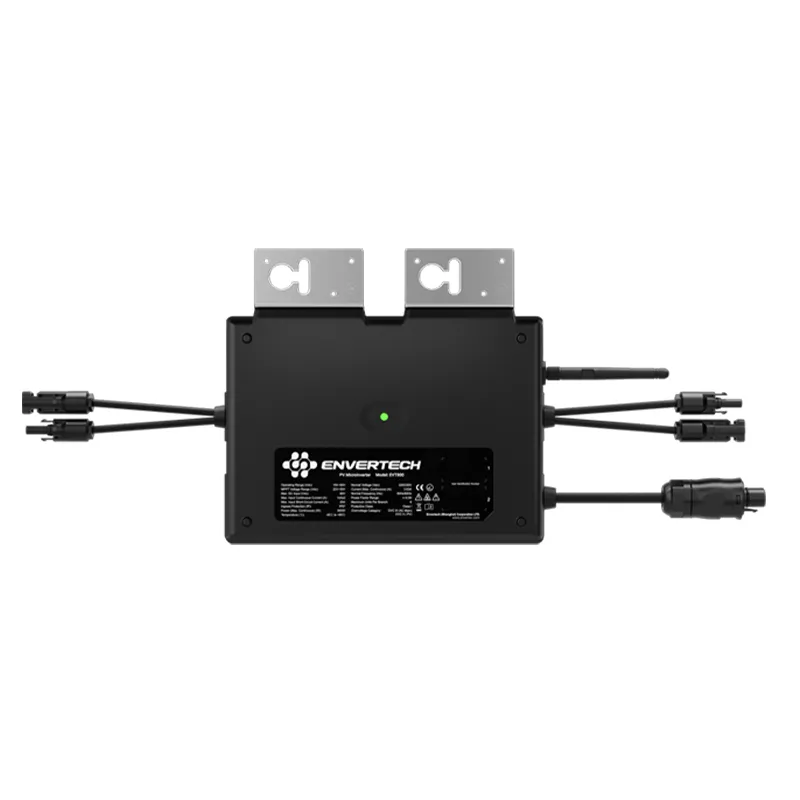Exploring the Benefits and Technology of Solar Panels for Sustainable Energy Solutions
Understanding Solar Modules The Key to Sustainable Energy Production
In the quest for sustainable energy sources, solar power has emerged as one of the most promising alternatives to fossil fuels. At the heart of solar energy systems lie solar modules, commonly known as solar panels. These devices convert sunlight into electricity, playing a crucial role in addressing the world’s energy needs while reducing carbon emissions. This article aims to provide an overview of solar modules, their types, functionality, and future trends in solar technology.
What are Solar Modules?
Solar modules are assemblies of photovoltaic (PV) cells that convert sunlight into electricity. Each module is designed to capture sunlight and transform it into a usable form of energy, significantly contributing to renewable energy generation. The basic building block of a solar module is the photovoltaic cell, which is typically made from silicon — a semiconductor material that absorbs sunlight and generates an electric current through the photovoltaic effect.
Types of Solar Modules
There are primarily three types of solar modules monocrystalline, polycrystalline, and thin-film.
1. Monocrystalline Solar Modules These are made from a single crystal structure, making them highly efficient and space-efficient. They typically offer higher power output and are optimal for installations where space is limited. Monocrystalline panels tend to have a longer lifespan and guarantee efficiency, often around 15% to 20%.
2. Polycrystalline Solar Modules Unlike their monocrystalline counterparts, polycrystalline modules are made from multiple crystal structures. They are generally less expensive to manufacture but have a slightly lower efficiency of around 13% to 16%. They tend to take up more space due to their reduced efficiency, making them suitable for larger installations.
3. Thin-Film Solar Modules Made by depositing layers of photovoltaic material onto a substrate, thin-film modules are lightweight and flexible, making them easy to install on various surfaces. However, they usually have lower efficiency ratings, ranging from 10% to 12%. Their unique design allows them to perform better in low-light conditions, which can be advantageous in certain climates.
How Do Solar Modules Work?
solar module

The functioning of a solar module revolves around the photovoltaic effect
. When sunlight strikes the PV cells, photons from the light transfer their energy to electrons in the silicon atoms. This interaction generates an electric current, which is then captured and converted into usable electricity through an inverter. The produced electricity can be used immediately to power homes and businesses or stored in batteries for later use.Benefits of Solar Modules
The adoption of solar modules carries numerous benefits. First and foremost, solar power is renewable and sustainable, requiring no fuel and generating no harmful emissions during operation. This transition from fossil fuels to solar energy can significantly reduce greenhouse gas emissions, helping to combat climate change.
Additionally, solar modules can lead to considerable cost savings on energy bills. While the initial investment in solar technology may be high, government incentives and decreasing costs of solar equipment often make it financially viable. Over time, homeowners and businesses can see a substantial return on investment, especially in regions with abundant sunlight.
Future Trends in Solar Technology
The future of solar modules looks promising, with ongoing advancements in technology and materials. Research into more efficient photovoltaic materials, like perovskite solar cells, shows great potential for increasing solar efficiency. Furthermore, innovative designs such as building-integrated photovoltaics (BIPV) are emerging, allowing buildings to generate power without traditional solar panels.
As global awareness of climate change rises, the push for renewable energy sources continues to gain momentum. Solar modules will play an essential role in this transition, facilitating a shift towards a cleaner, greener future. The integration of solar power into various sectors — from residential rooftops to vast solar farms — promises to reshape the global energy landscape.
Conclusion
In conclusion, solar modules are pivotal in harnessing solar energy for electricity production. With various types of modules available, each offering unique advantages, the solar industry is well-positioned for growth. As technology continues to advance and costs decline, solar modules will undoubtedly be a cornerstone of a sustainable energy future, paving the way for a cleaner planet.
-
Unlocking Energy Freedom with the Off Grid Solar InverterNewsJun.06,2025
-
Unlock More Solar Power with a High-Efficiency Bifacial Solar PanelNewsJun.06,2025
-
Power Your Future with High-Efficiency Monocrystalline Solar PanelsNewsJun.06,2025
-
Next-Gen Solar Power Starts with Micro Solar InvertersNewsJun.06,2025
-
Harnessing Peak Efficiency with the On Grid Solar InverterNewsJun.06,2025
-
Discover Unmatched Efficiency with the Latest String Solar InverterNewsJun.06,2025







